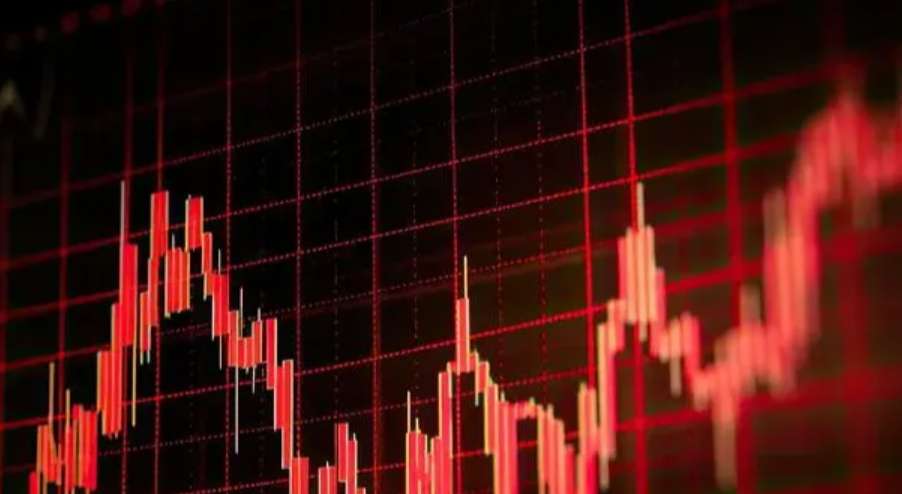The Future of Financial Markets
Advertisements
The financial landscape in 2025 presents a compelling mix of opportunities and challenges for global investors as they navigate a moment marked by historical significance. In the backdrop of an incoming U.S. president poised to take office, a recovering world economy, and an ongoing technological revolution characterized by rapid advancements in artificial intelligence (AI), market participants face pivotal decisions about allocation and strategy. The upcoming year promises dynamic shifts across stocks, bonds, foreign exchange, and commodities—each of which will react differently to the prevailing economic currents and political choices shaping the environment.
As Wall Street banks project a continued ascent in the S&P 500 index, potentially reaching around 6,550 points—signifying an approximate 10% increase from current levels—the optimism about growth underlies much of this speculation. Strong consumer spending in the U.S. and the burgeoning tech industry have provided a solid foundation for stock market buoyancy. Investors are currently observing an encouraging low-interest rate environment facilitated by the Federal Reserve, which has fueled corporate earnings and stock prices alike. Emerging technologies, particularly AI, are revolutionizing operation models across sectors, creating new investment avenues along the way. For instance, Deutsche Bank highlights an enduring investment wave in AI that could further elevate technology stocks, enhancing their performance amidst these evolving market dynamics. However, the optimism is tempered by inherent risks, including the new president's potential policy choices affecting tariffs and tax reforms, as well as pre-existing concerns surrounding market valuations that some investors find dangerously inflated. Additionally, rising geopolitical tensions could inject volatility into market sentiment, warranting caution among participants.

In the realm of bonds, analysts are predicting downward pressure on yields, specifically for the U.S. ten-year Treasury bonds. These rates are expected to decline from present levels of approximately 4.49% to around 4.1%, reflecting reduced inflation expectations, increased demand for safe-haven assets, and the impacts of fiscal policy. As the pace of global economic recovery slows down, the alleviation of inflationary pressures might lead the Federal Reserve to moderate its rate hikes or even pause them altogether temporarily, offering a potential boost to bond prices in the process. Investors, having grown wary of economic uncertainties, may increasingly seek safety in U.S. Treasuries, which can further compress long-term yields. Notably, if the incoming administration pursues expansive tax cuts, it could potentially expand the federal budget deficit, prompting a surge in bond supply. Nonetheless, the immediate effects are likely to be balanced by robust market demand for safe assets. Morgan Stanley offers a more radical prognosis, forecasting treasury yields dipping to 3.6%, while Deutsche Bank expects them to rise to 4.7%—revealing the divergent views among market strategists.
The foreign exchange market sees half of the surveyed banks expecting the incoming president's policies to elevate the U.S. dollar by 2025, despite concerns regarding America’s competitiveness against its trading partners. Since the end of September, the euro has dipped significantly against the dollar, and Deutsche Bank anticipates the exchange rate to reach parity—a phenomenon driven by trade tensions and tariffs. Goldman Sachs underscores the incoming president's preference for tariffs as a policy tool, which may bolster the dollar. This policy combination of imposed tariffs and corporate tax cuts could provide substantial support to the dollar's strength in the forthcoming year. Meanwhile, European markets appear stagnant, with UBS predicting a sideways trend for those sectors. Although catalysts such as accelerated rate cuts from the European Central Bank or stabilization of the political scene in Germany and France might uplift the outlook, the overarching sentiment suggests that 2025 will be a year of considerable challenges for Europe.
In the commodities domain, gold glitters brightly even as oil prices face substantial pressure. Following a notable year buoyed by conflicts and economic uncertainties, investors project that the demand for gold will continue its upward momentum. Analysts cite central bank purchases and concerns regarding inflation as primary drivers for rising gold prices, with projections indicating a potential increase of nearly 13% from current levels, propelling prices to around $3,000 per ounce. Comparatively, major Wall Street banks forecast an average price increase of 8%, bringing the valuation to around $2,860. On the flip side, the oil market is expected to contend with headwinds. Despite OPEC's efforts to curb production to stabilize prices, banks generally foresee Brent crude oil prices declining to around $70 per barrel by the end of the coming year, down from approximately $72.80. HSBC analysts contend that non-OPEC production growth is set to surpass demand during 2025-2026, which limits OPEC's ability to roll back production cuts.
In conclusion, the financial market landscape in 2025 is marked by a complex interplay of opportunities and challenges. Stocks are anticipated to continue reaching new heights, yet the uncertainties surrounding the incoming presidential administration's policies remain a focal point of concern. While the bond market expects yield declines, opinions among various institutions diverge sharply. In the currency arena, the dollar is primed for potential strengthening, whereas the European market appears to be stuck in a rut. The commodities market presents a favored outlook for gold, contrasted with downward pressures on crude oil prices. Given the intricate and often unpredictable nature of these dynamics, investors must stay vigilant, closely monitoring macroeconomic indicators, policy developments, and geopolitical tensions in order to adeptly navigate and adapt their strategies in this fluctuating environment. Ultimately, regardless of the market's trajectory, the timeless principles of rationality, diversification, and risk management remain our best allies in successful investing endeavors.